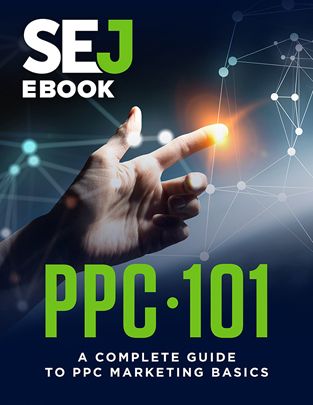Pay-per-click (PPC) advertising is a powerful digital marketing strategy that allows businesses to reach their target audience in a highly targeted and cost-effective way. In this comprehensive guide, we will walk you through everything you need to know to get started with PPC advertising as a beginner.
What is PPC Advertising?
PPC advertising is a model of internet marketing in which advertisers pay a fee each time their ad is clicked. This form of advertising allows businesses to bid for ad placement in search engine results or on websites in order to drive targeted traffic to their website.
How Does PPC Advertising Work?
PPC advertising works by allowing advertisers to bid on keywords related to their products or services. When a user searches for a keyword that the advertiser has bid on, their ad may appear in the search results. The advertiser pays a fee each time someone clicks on their ad, hence the name pay-per-click.
Benefits of PPC Advertising
Highly targeted: PPC allows you to target your ads to specific demographics, locations, and keywords.
Cost-effective: You only pay when someone clicks on your ad, making it a cost-effective marketing strategy.
Measurable results: PPC advertising provides detailed analytics that allow you to track the performance of your ads and make data-driven decisions.
Quick results: Unlike organic search engine optimization, PPC advertising can drive traffic to your website immediately.
Getting Started with PPC Advertising
Here are the essential steps to get started with PPC advertising:
1. Set Your Goals
Before you start with PPC advertising, define your goals. Whether you want to increase website traffic, generate leads, or boost sales, having clear objectives will help you create targeted ads that drive results.
2. Choose the Right Keywords
Keywords are the foundation of a successful PPC campaign. Choose relevant keywords that align with your business goals and target audience. Use keyword research tools to find high-performing keywords with low competition.
3. Create Compelling Ad Copy
Your ad copy should be concise, compelling, and relevant to the keywords you are targeting. Use a clear call-to-action to encourage users to click on your ad.
4. Set Your Budget
Determine how much you are willing to spend on your PPC campaigns. Set a daily or monthly budget to ensure that you don’t overspend. Monitor your campaigns regularly and adjust your budget as needed.
5. Monitor and Analyze Performance
Monitor the performance of your PPC campaigns using analytics tools. Track key metrics such as click-through rate, conversion rate, and return on ad spend. Use this data to optimize your campaigns and improve results.
Conclusion
PPC advertising is a valuable marketing tool for businesses looking to drive targeted traffic to their website and generate leads or sales. By following the steps outlined in this guide, you can create successful PPC campaigns that deliver measurable results. Start your PPC journey today and watch your business grow!
Are you ready to get started with PPC advertising? Contact us today to learn more about how we can help you create and optimize your PPC campaigns for maximum results.

